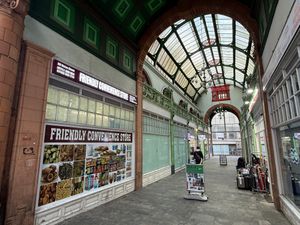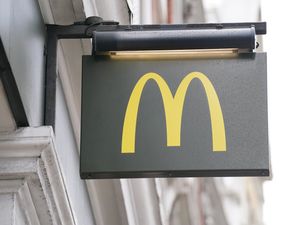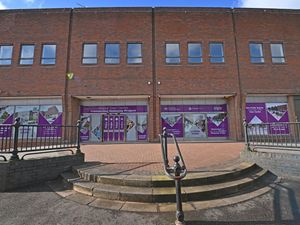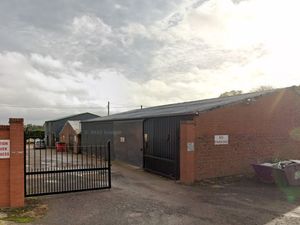£2m nuclear submarine crane nears completion at Kingswinford firm
A £2 million defence project to build a colossal crane for the decommissioning of nuclear submarines is nearing completion at a Black Country firm.
Around 50 workers at Kingswinford's TM Engineers have been working to create the 40ft high and 60-tonne structure, for the past two years.
Bosses from the company, in Oak Lane, today said the finishing touches were now being added to the crane.
It will be used to remove rods from the nuclear reactors of Trafalgar-class submarines at the end of their service life.
Work is due to be completed on the project within the next few weeks.
It will then be broken down into five separate pieces and transported from the firm's headquarters during the next month.
The crane will eventually form part of a larger structure installed at the Davenport Royal Dockyard – where the submarines will be stripped down.
It takes around two years to fully strip a submarine and the crane has been designed to withstand natural disasters such as tsunami, hurricanes and earthquakes.
The structure is designed to be in operation for 30 years with designers at the Black Country firm having to anticipate what will be required of it during that period.
Around 8,000 hours of welding has gone into creating the structure.
Sales manager at the company Richard Holland said all of the staff at the firm deserved credit for the successful project.
"You can design something but it is the workers here who have made it a reality. They have worked tremendously hard over the past two years," he said. "It has been a very difficult project to work on as technology and the demands on the structure change so quickly.
"This has been a highly prestigious contract for us. It has involved all of our staff at various points during the project."
It is not the first major project to have been completed by the firm. It won a prestigious £750,000 deal to build parts for the famous Large Hadron Collider in Switzerland. The firm developed mechanised parts for the project which helped capture atoms as they are sent careering around the 16-mile underground structure.
The parts, called E-Cal End Plates, were 13ft wide, made from aluminium and sent in two sets to Geneva. They took six months to develop due to the complicated nature of the manufacturing process.
A carbon fibre 'shroud' and lead blocks were attached to holes on the plates to catch the atoms.
The firm which employs 55 staff was founded more than 60 years ago. It is one of only 10 firms worldwide to be awarded special gold plaques from Geneva for its work on the Hadron Collider. The firm became involved through Rutherford Appleton Laboratories in Oxfordshire.





